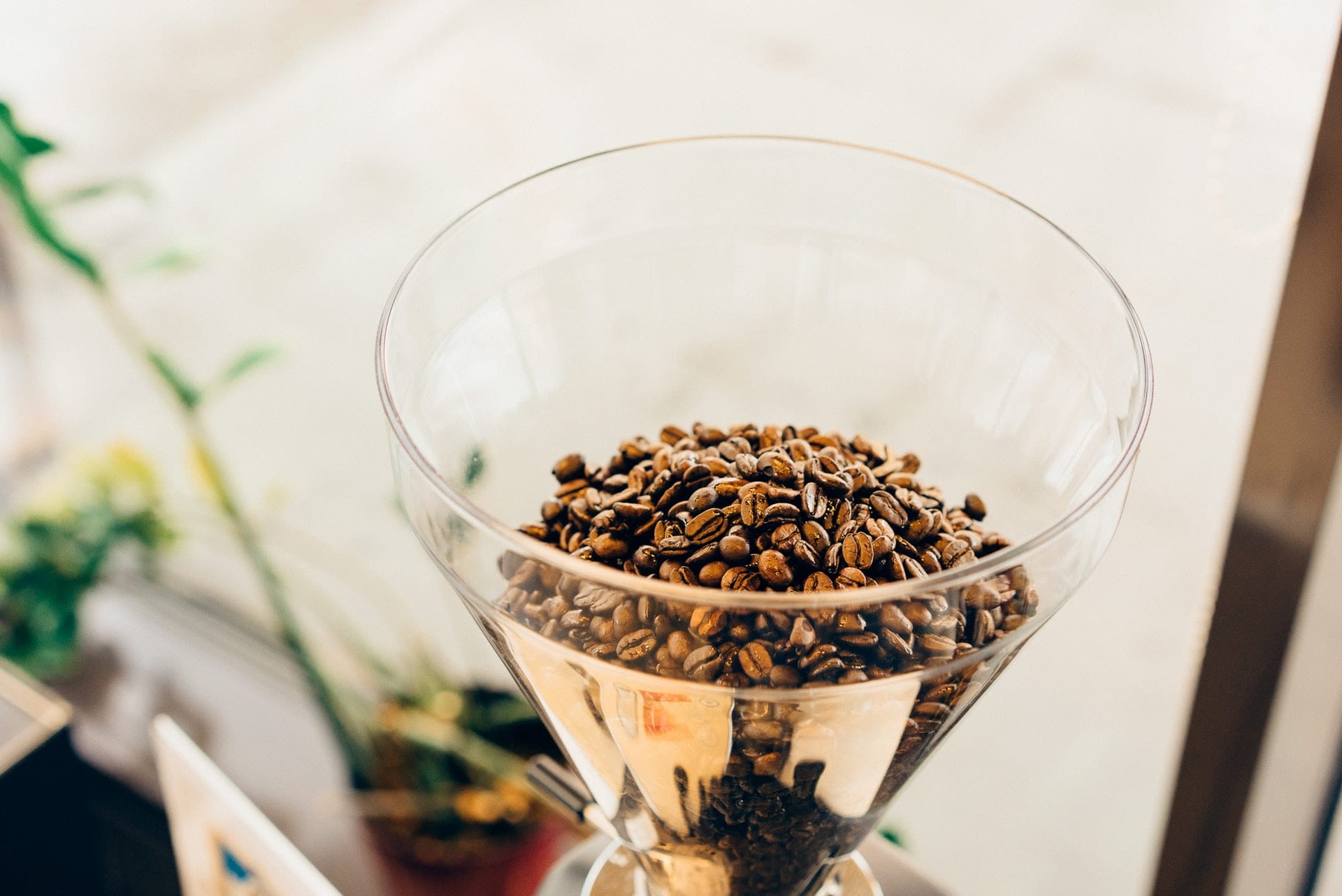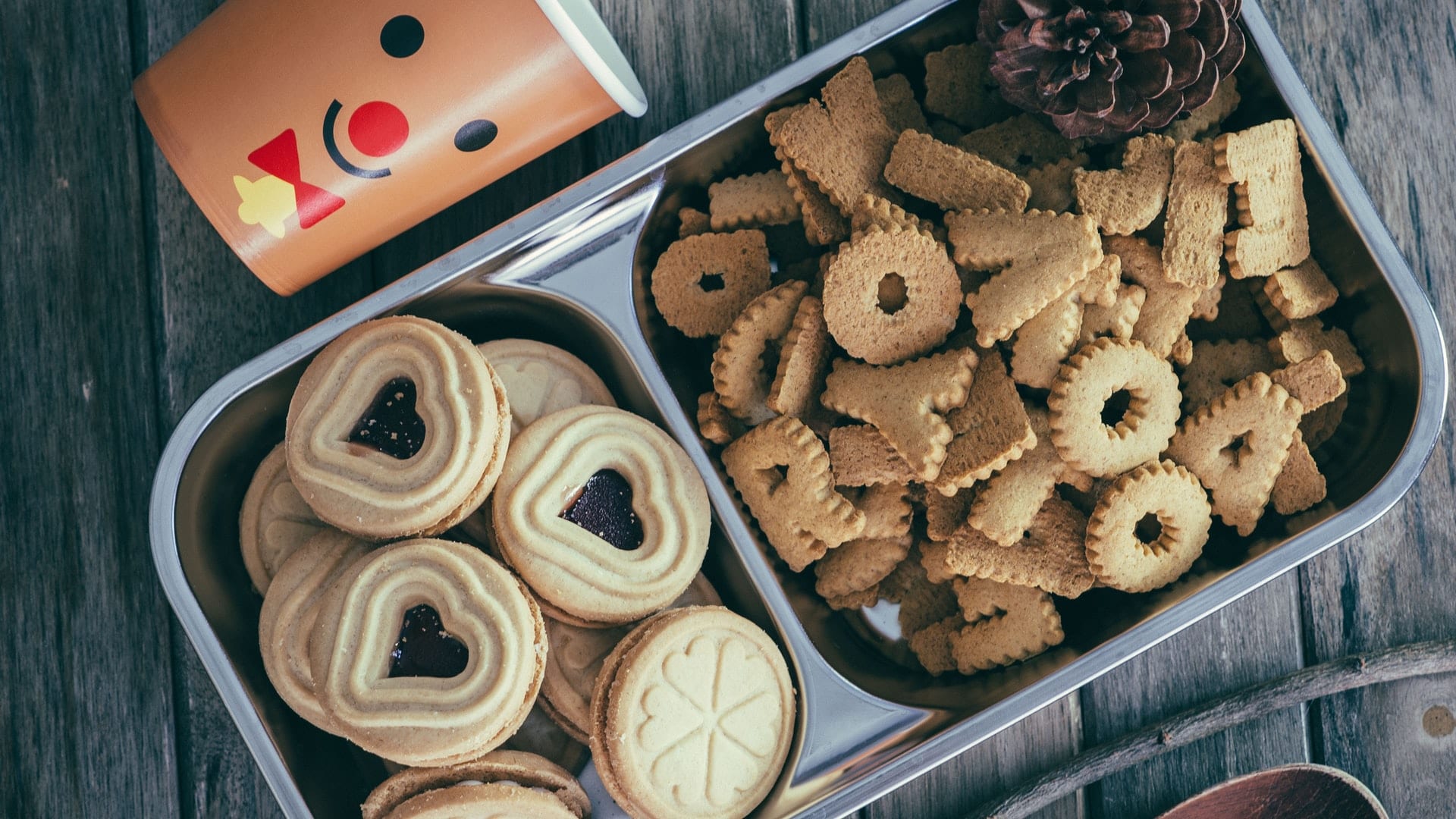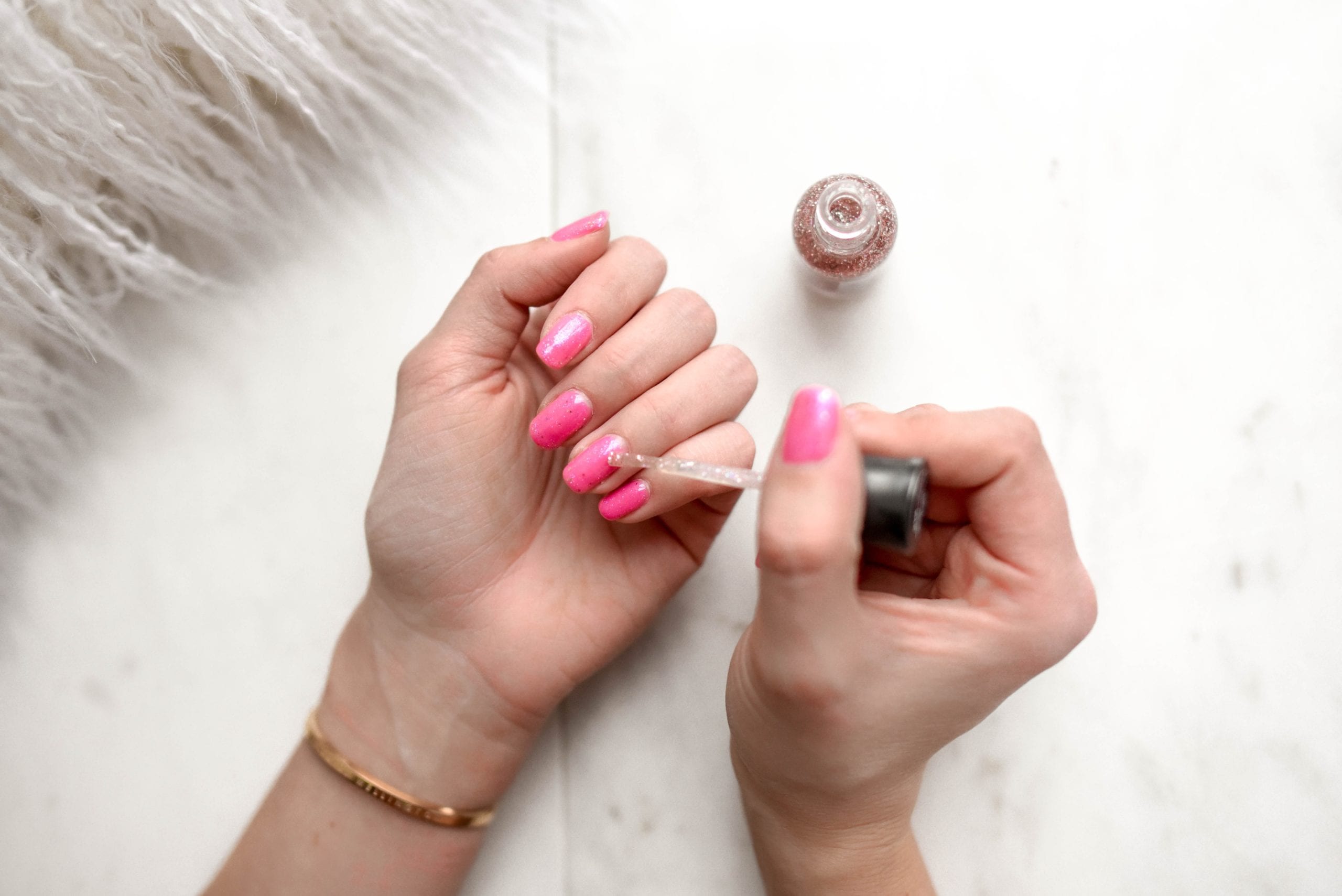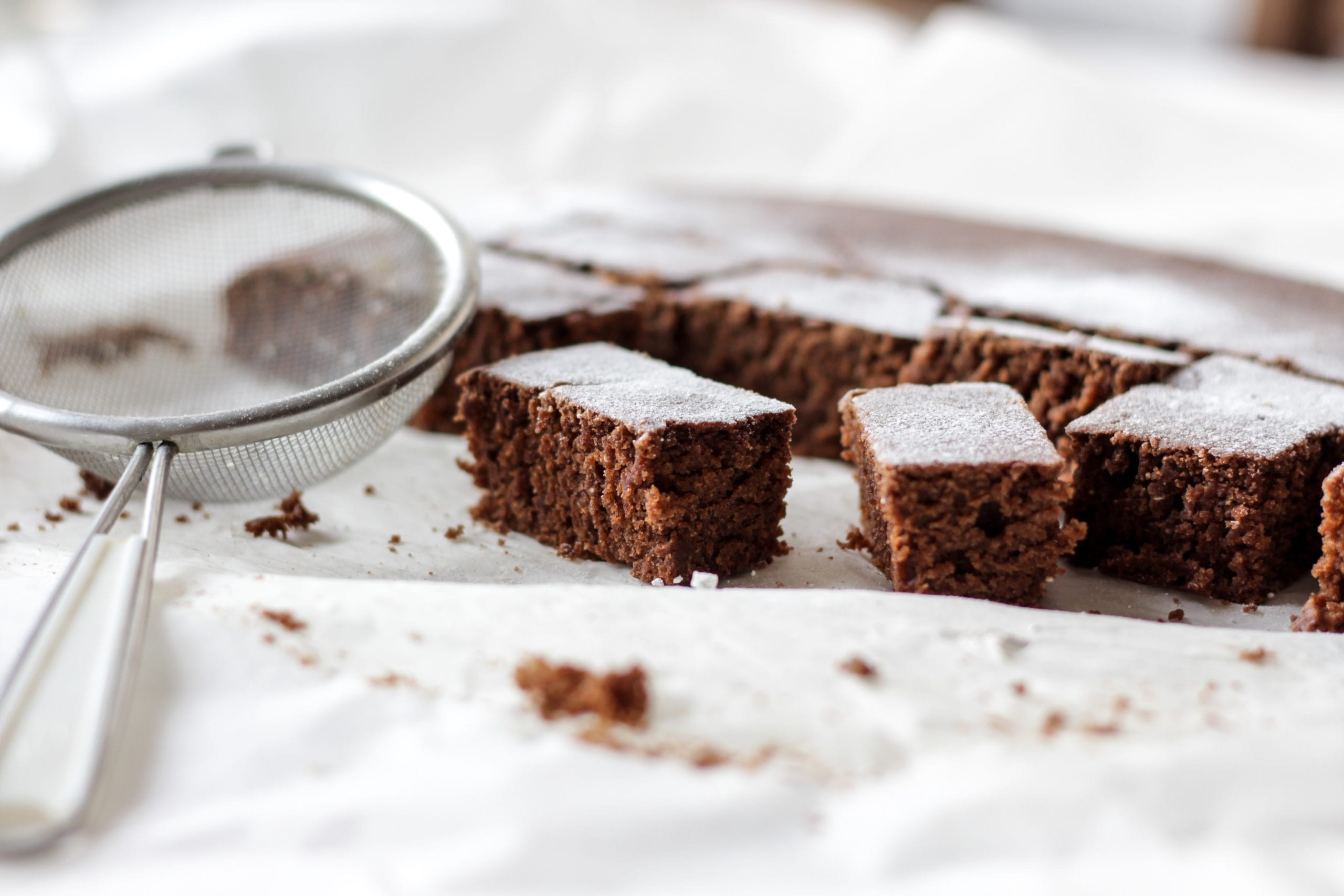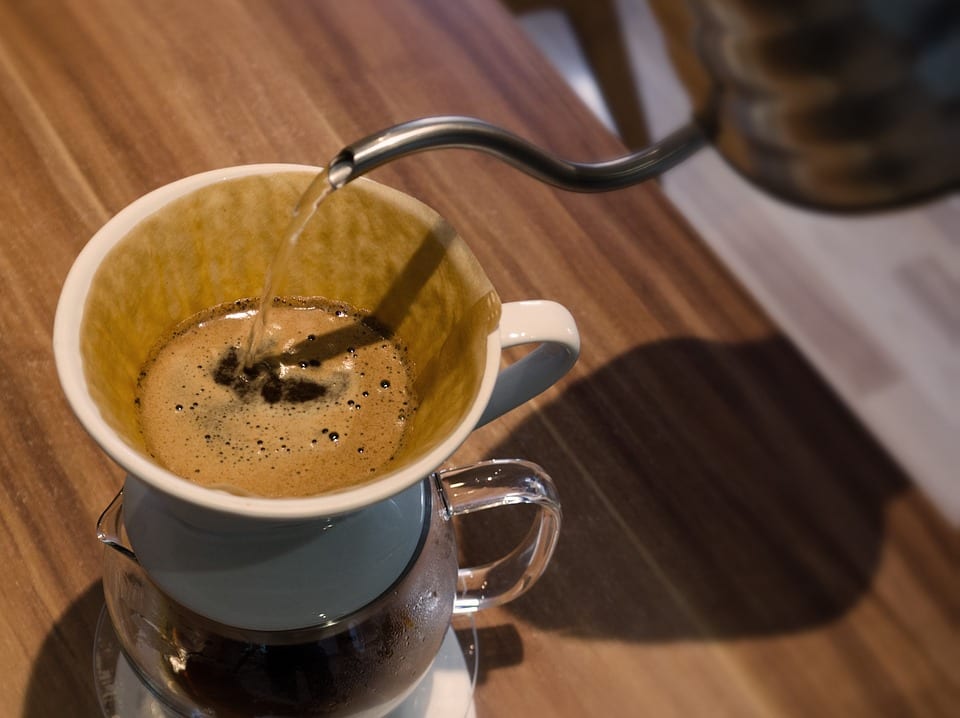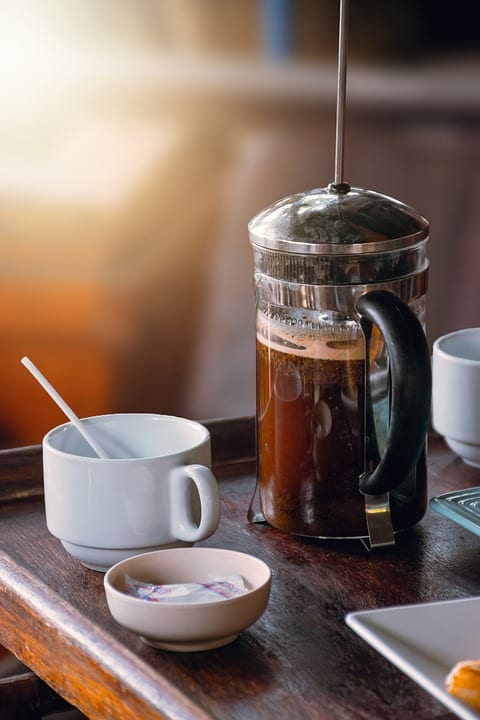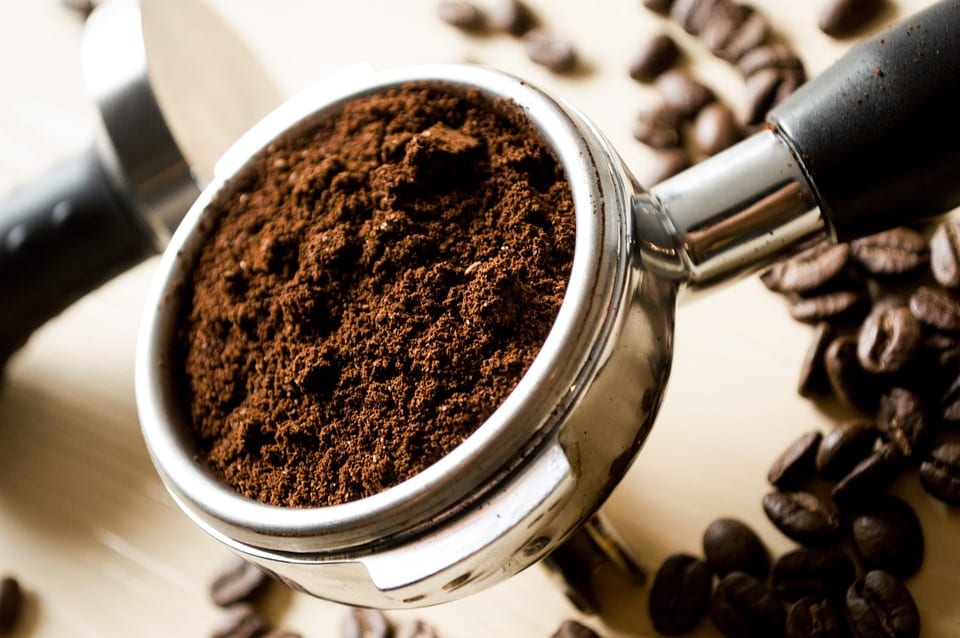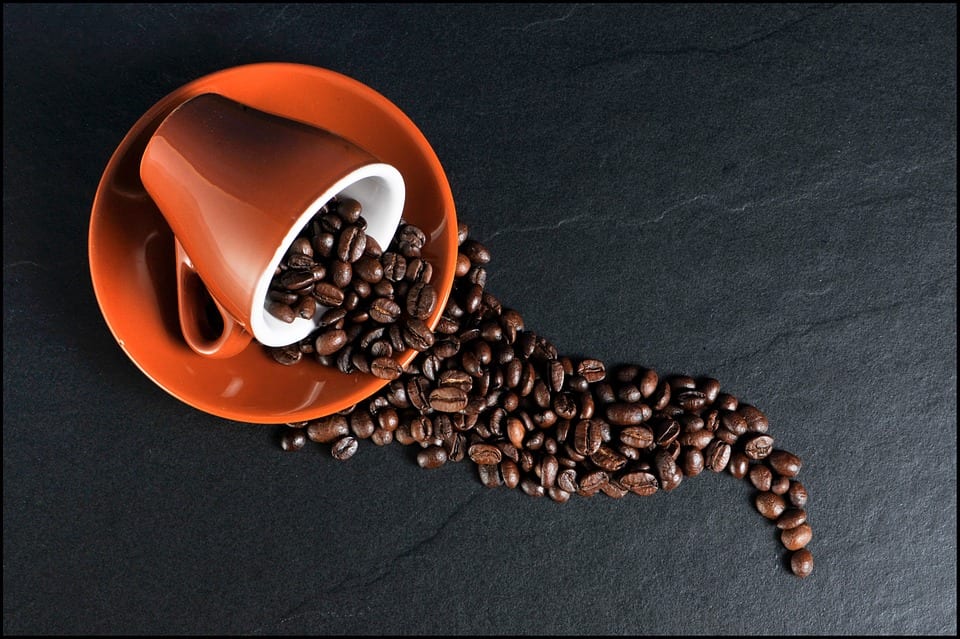Coffee is a bit of a lifesaver for many. Can you imagine waking up and not having your usual cup (or two) of the most delicious, magical drink on Earth?
But if you’ve ever found yourself confused when visiting a coffee shop and being faced with a menu that contains a litany of choices, this is the post for you.
Types of Coffee Beans
All coffee is not created equal! Even the different beans matter.
Arabica: These beans are the most popular, and if you drink your coffee black, they usually offer a sweeter taste. Roughly 60% of the coffee beans in the world are arabica, and have caffeine content of 0.8–1.4% caffeine.
Robusta: These beans are less expensive and make up roughly 40% of the coffee in the world. Coffee brewed from robusta beans tends to be stronger, and are made of 1.7–4% caffeine.
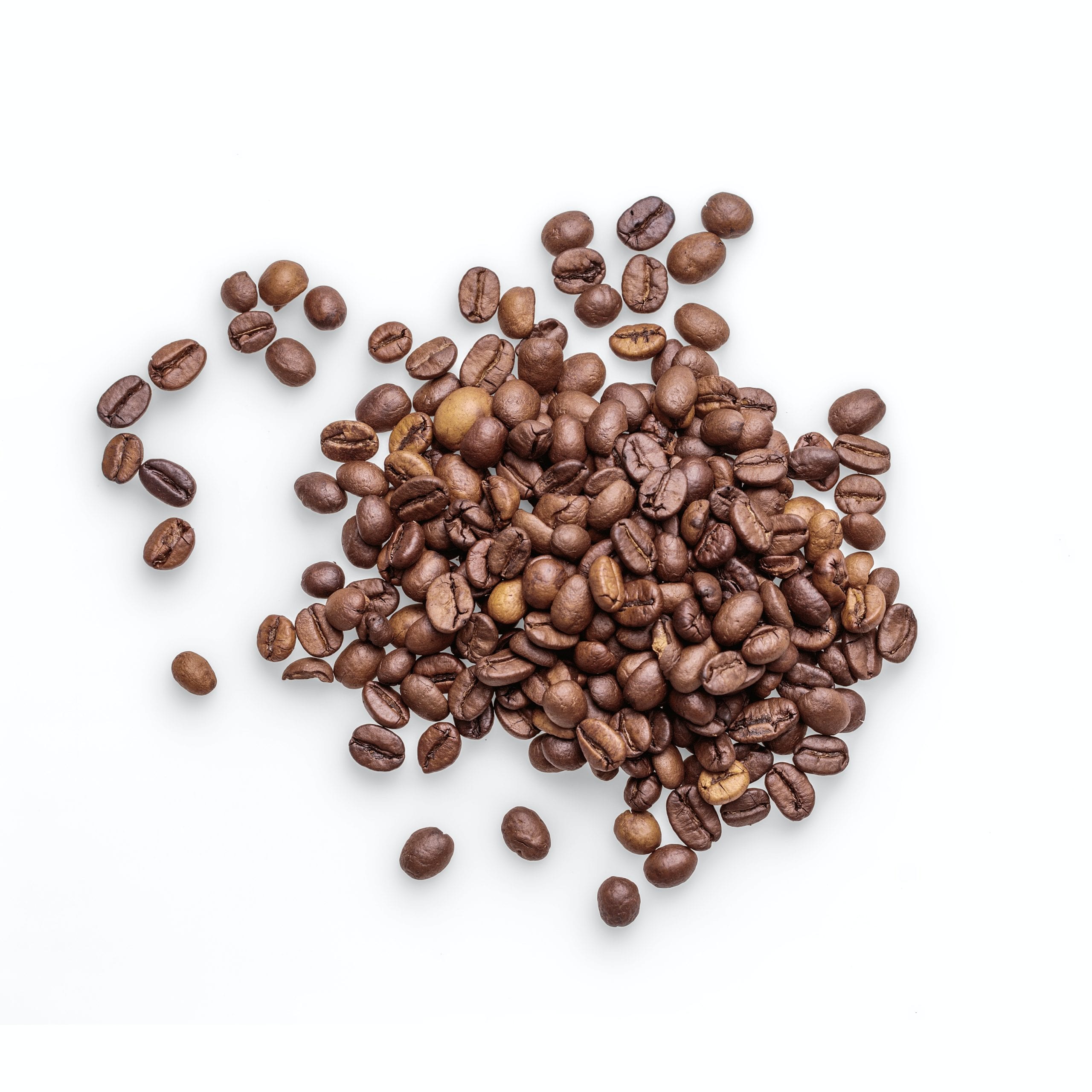
Photo by Mockup Graphics on Unsplash
Types of Coffee Drinks
Anyone who has visited a coffee shop will probably recognize a lot of these options. As you can see, there are tons of coffee drinks out there!
Each is designed to get you energized and moving on with your day.
Black coffee: ground coffee beans + hot water = delicious
Latte: A shot of espresso and steamed milk with a tiny bit of foam on top
Cappuccino: Like a latte, but with more foam than milk and typically topped with cinnamon or chocolate powder
Americano: Black coffee with a shot of espresso added
Doppio: A double shot of espresso. Get ready for that energy!
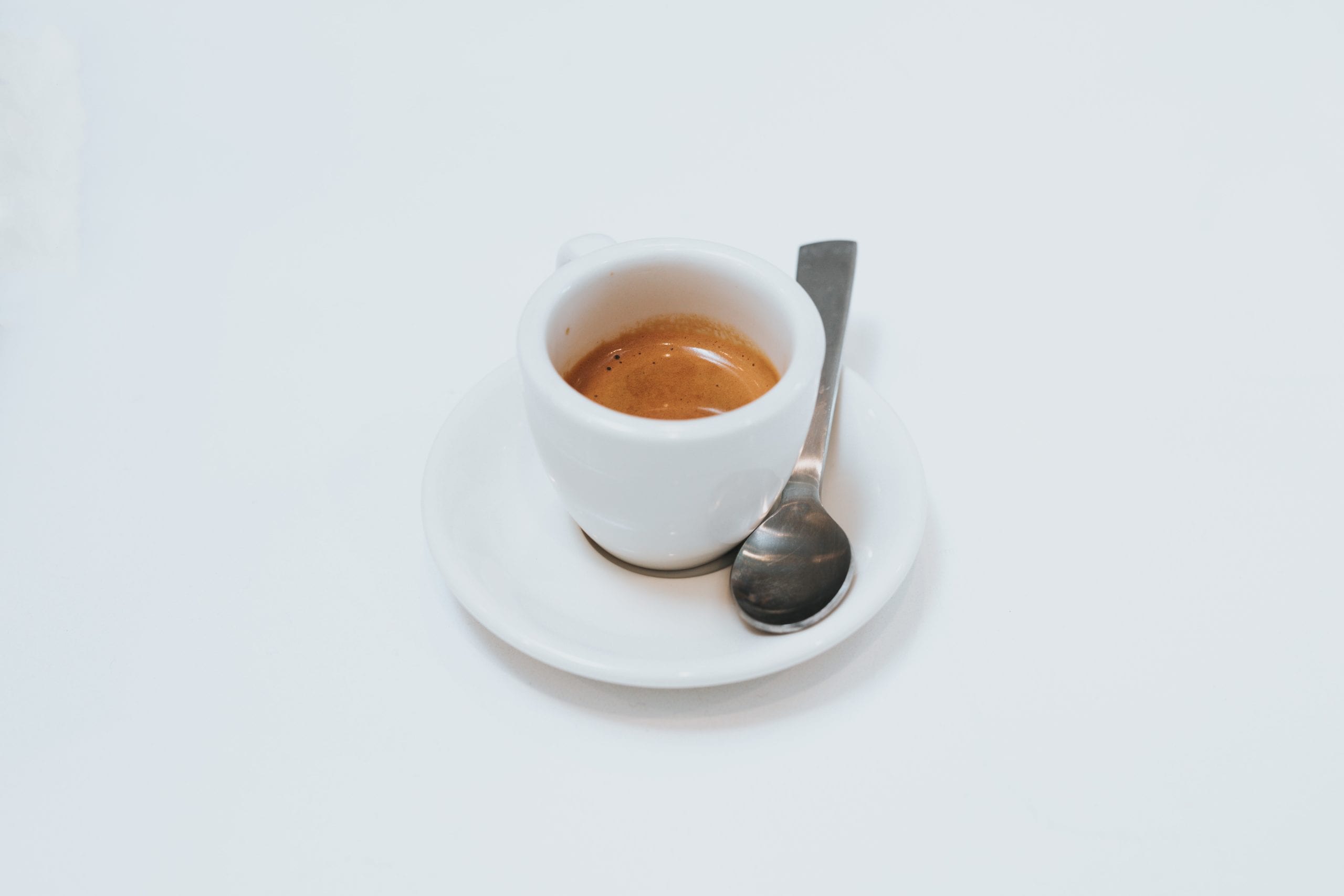
Photo by Nathan Dumlao on Unsplash
Red Eye: A full cup of hot coffee with espresso added.
Galão: A Portuguese drink that is similar to a latte and cappuccino, but with twice as much foamed milk added in.
Macchiato: An espresso-based drink that has a little foam on top. It’s somewhere between a cappuccino and a doppio.
Affogato: A shot of espresso with ice cream added! Hello, summer treat.
Café au Lait: Coffee with a little warm milk added in.
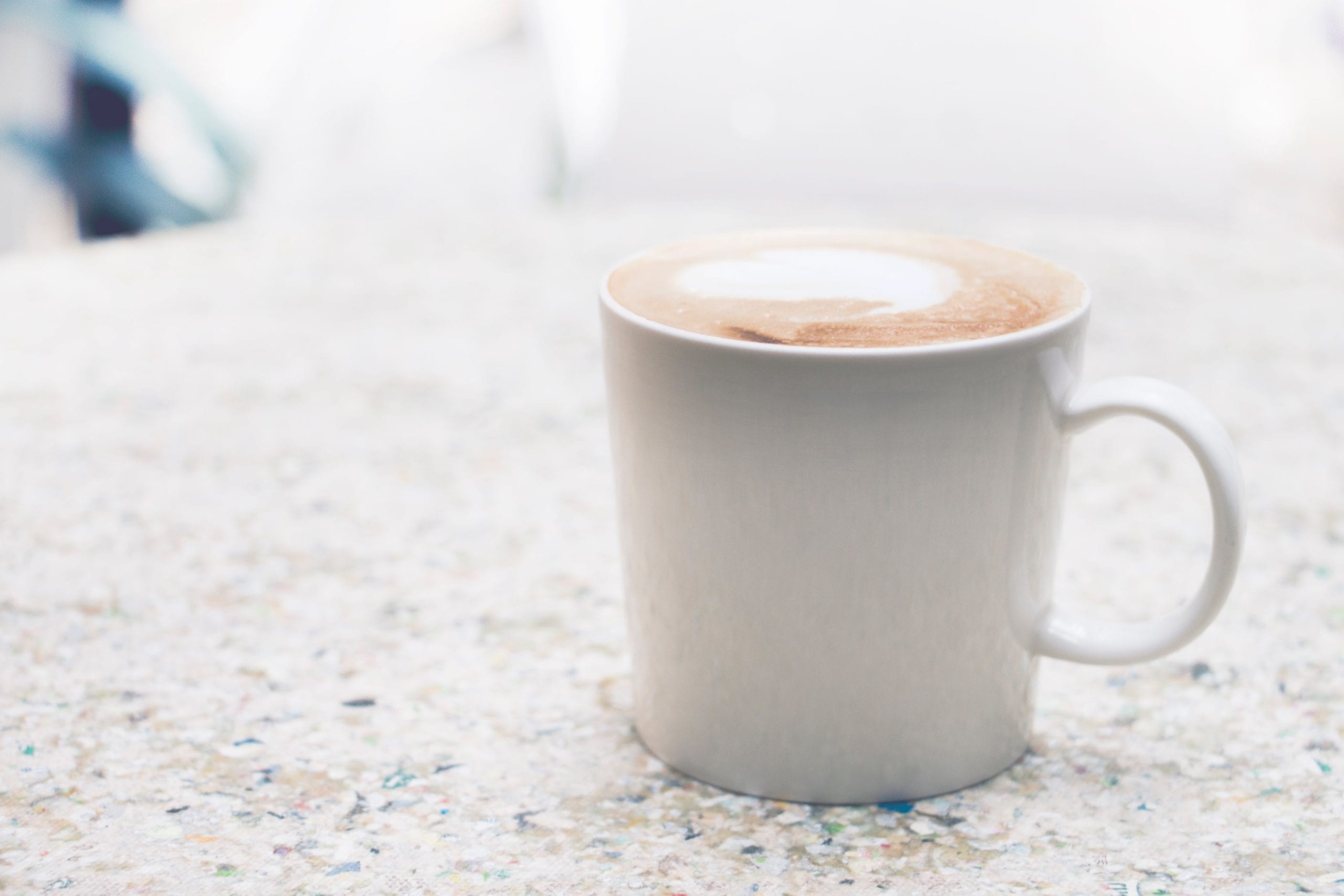
Photo by TOMOKO UJI on Unsplash
Types of Iced Coffee
Iced coffee is perfect for a hot day, or honestly, even on a cold day. Frappuccinos are enduringly popular all year!
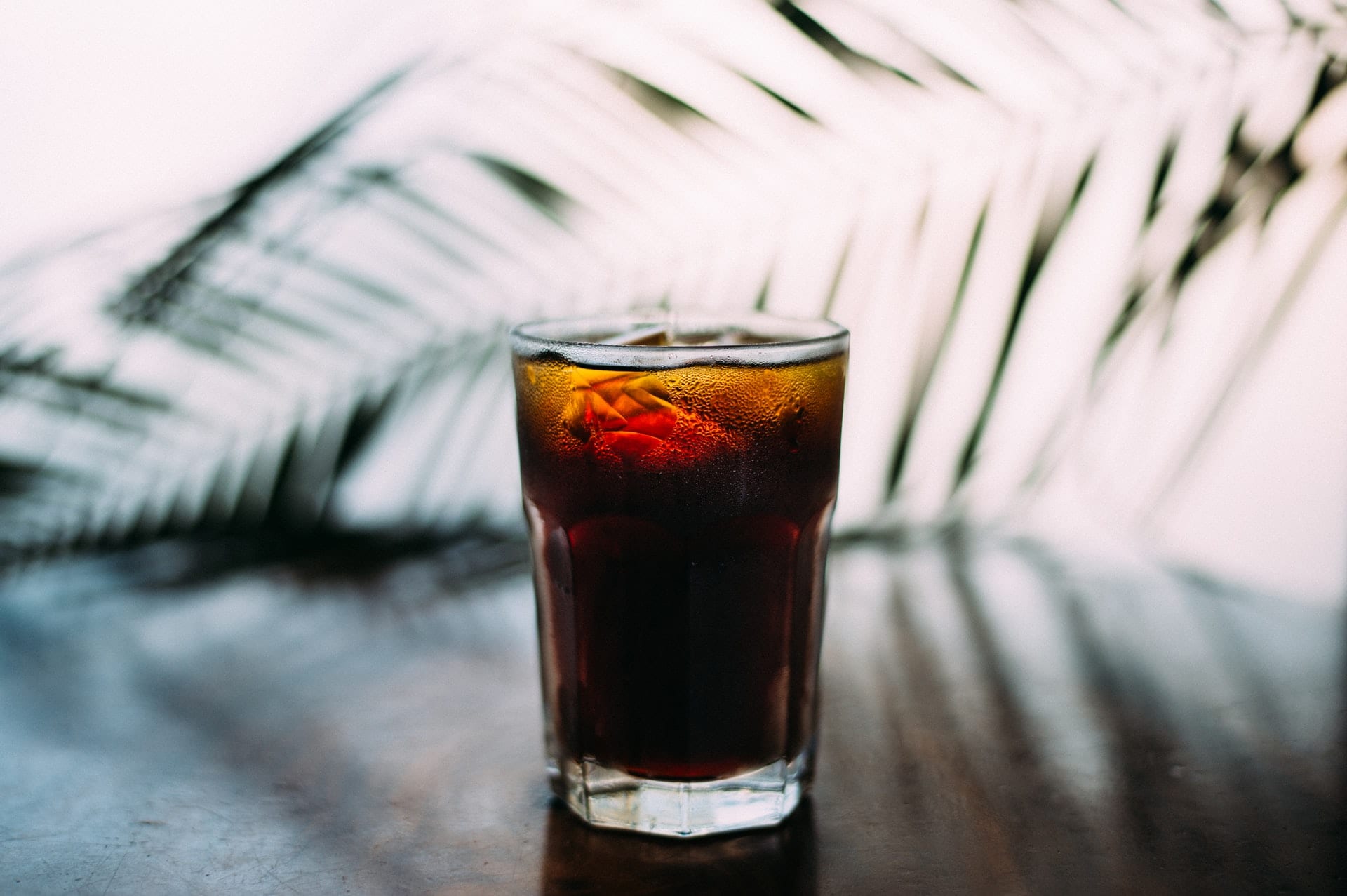
Photo by Blake Wisz on Unsplash
Iced coffee: Exactly what it sounds like! Coffee served over ice, sometimes with a little milk added.
Cold brew: Coffee beans are steeped 6-36 hours, and sometimes cold milk is added afterward. It’s delicious.
Frappuccino: This drink is actually trademarked by Starbucks, and consists of a coffee or crème base, ice, flavored syrups and other, various ingredients for texture and taste. It’s then blended together and topped by whipped cream.
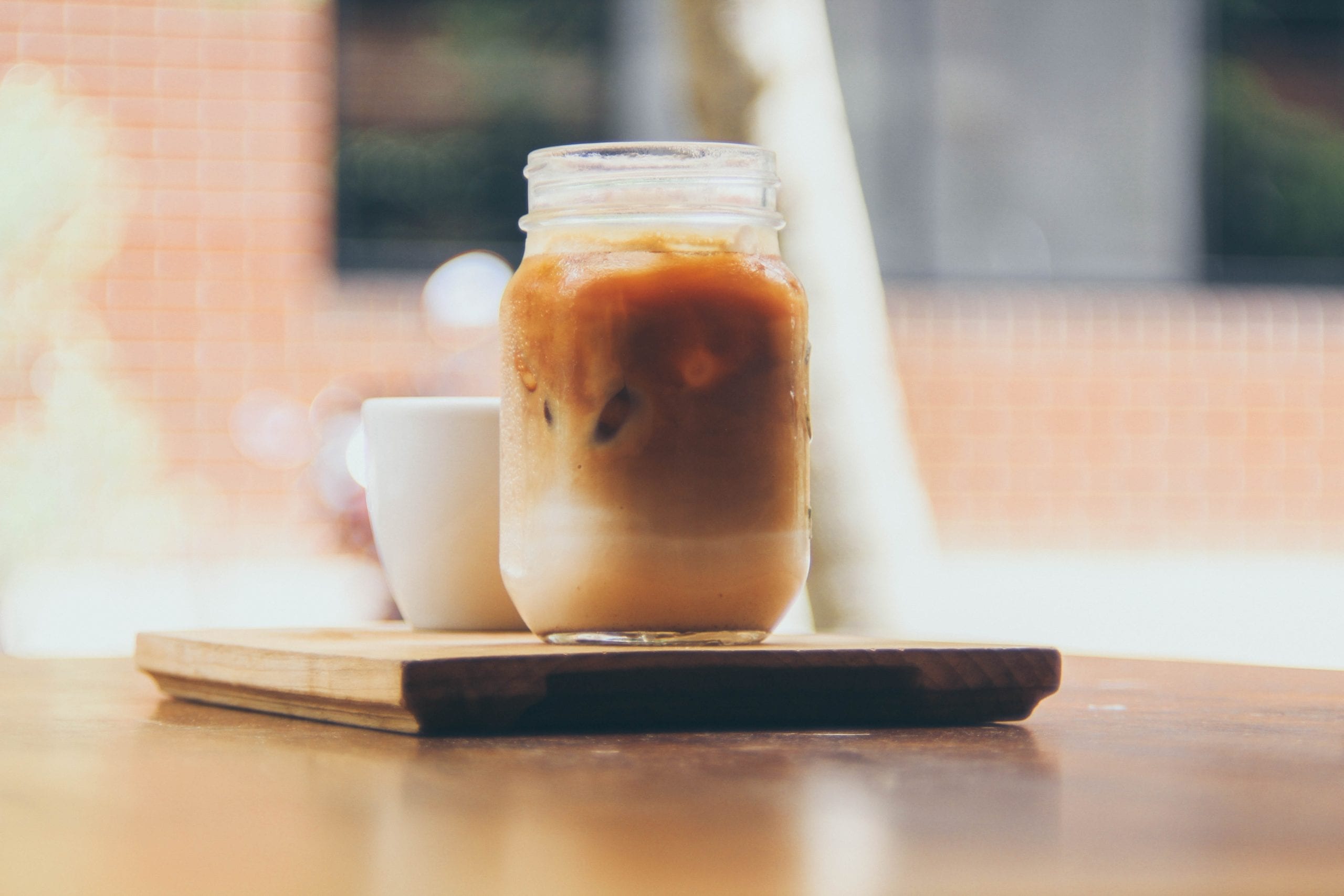
Photo by Luis Reyes on Unsplash
Types of coffee makers
If you thought that all coffee is made in the same way, think again!
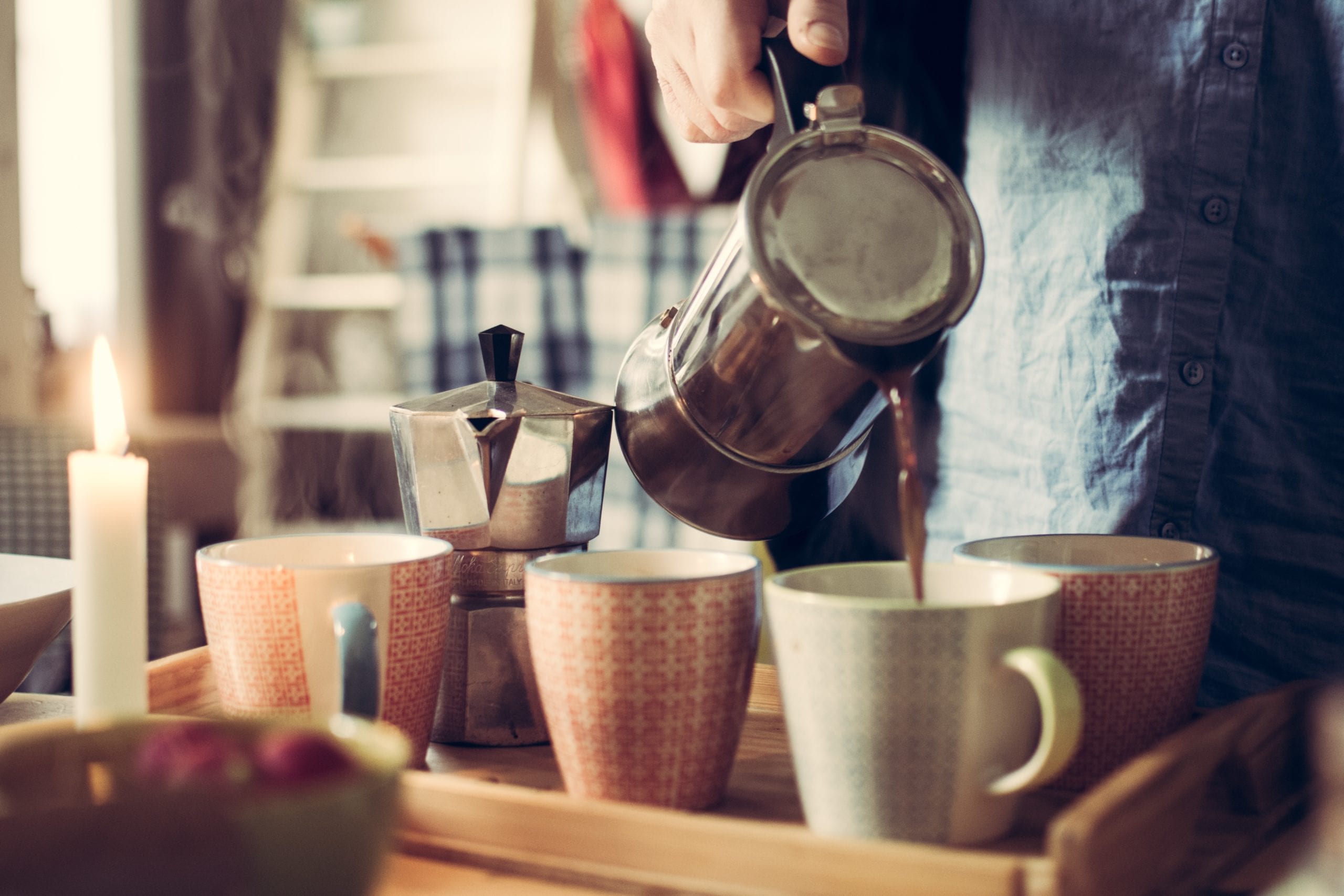
Photo by Philipp Cordts on Unsplash
French press: A manual coffee maker that is quite straightforward. Add ground beans, then boiling water, let the coffee steep, and push the plunger. You’re done!
Percolator: These are super retro coffee makers that “continuously push boiling hot water bubbles up into the ‘coffee chamber’ to steep the coffee grains.”
Pour over: One pours hot water (slowly) over ground beans that sit in a filter, placed on top of a cup. Your standard coffee makers are basically pour overs on a larg
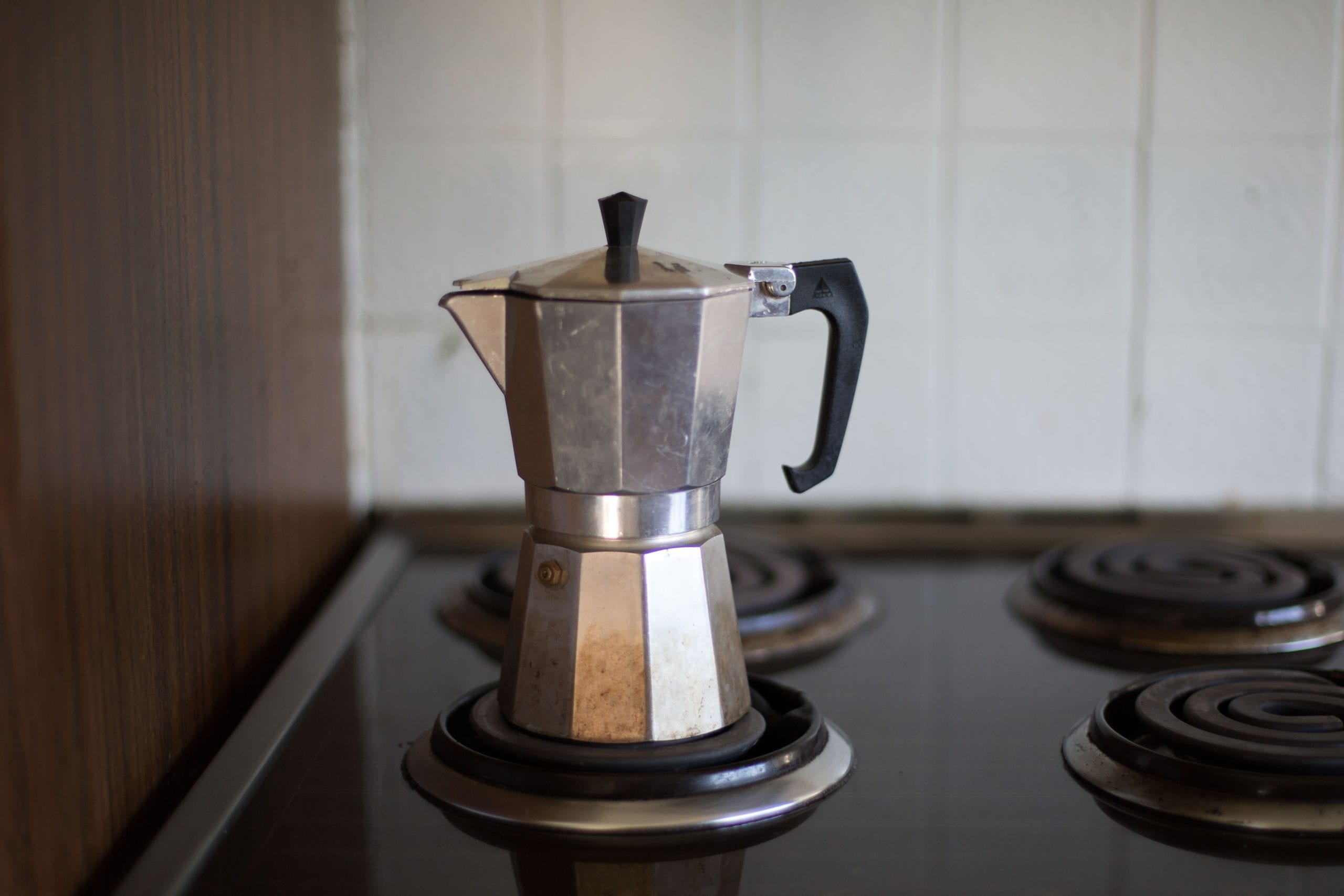
Photo by Lauren Kay on Unsplash
There you have it! Hopefully, you’ve learned something new about coffee.
Don’t forget to share this one with your friends, and let us know what your favorite coffee drink is in the comments!
The post Here’s a Handy Guide to the Many Different Ways You Can Enjoy Coffee appeared first on UberFacts.




